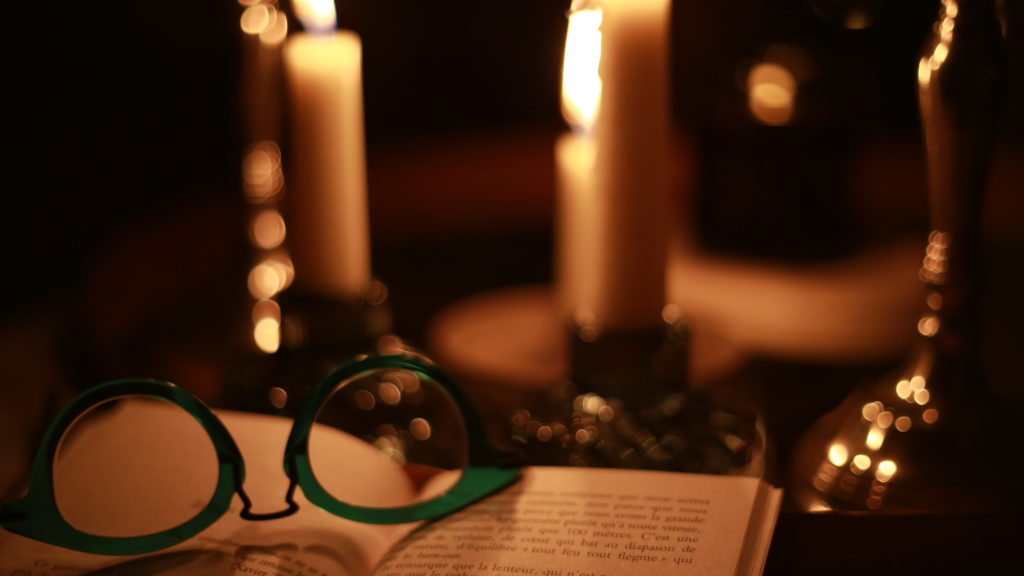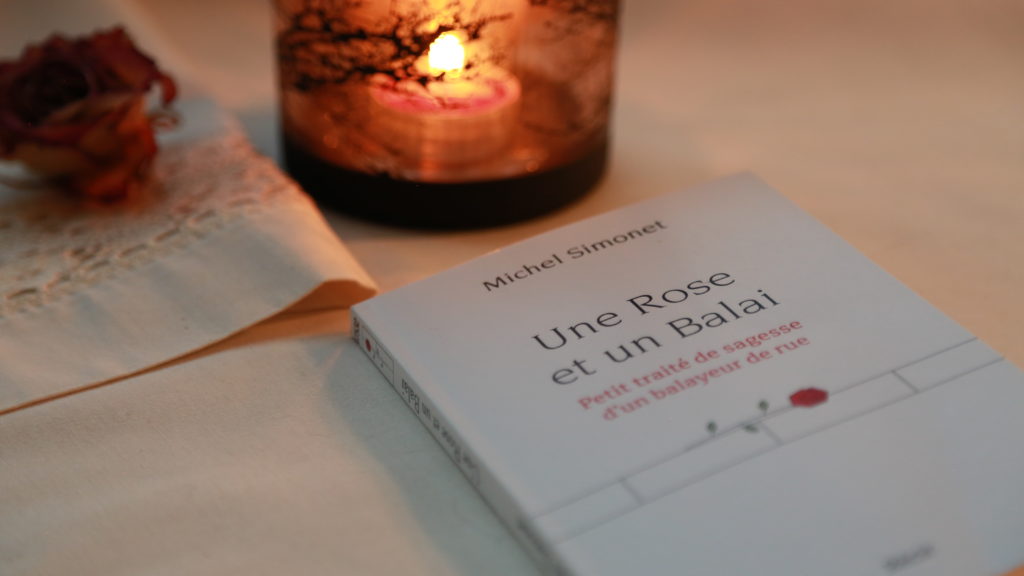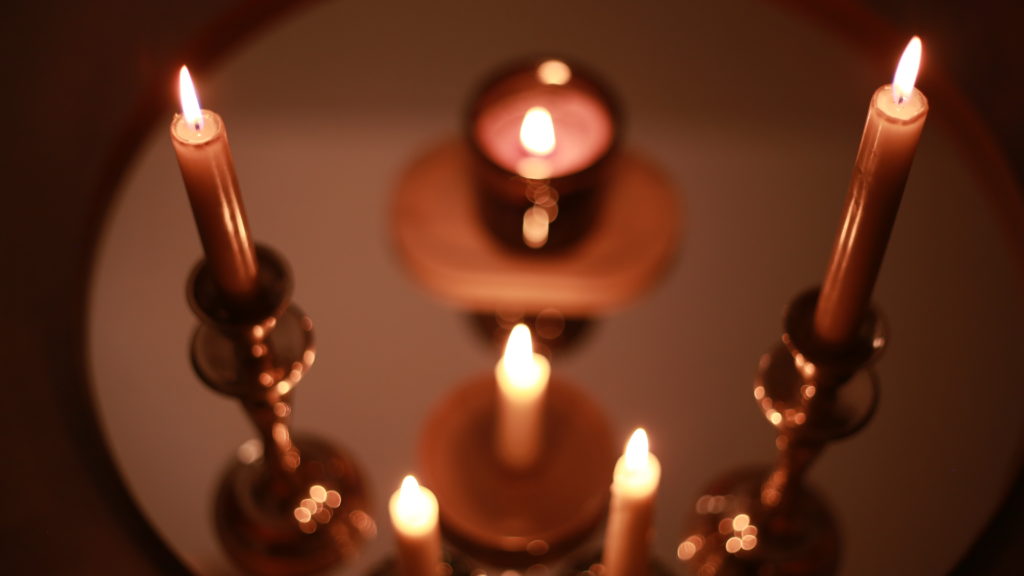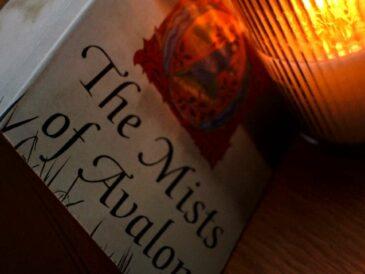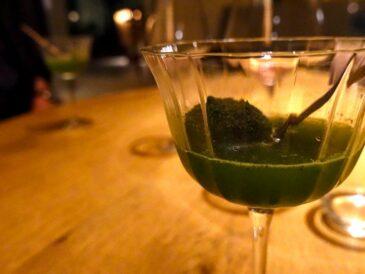Crêpes, Candles and a surprising Book by Michel Simonet
It is February 2nd, and here in France, it’s the feast of La Chandeleur.
Chandelle… Candle… if you’ve been here before, you’ll know this is a celebration after my own heart.
But before we light up the candles, let’s connect the dots.
Like many other Christian feasts, La Chandeleur, or Candlemass, has been over lapsed with a pre-christian feast. I don’t like the word pagan, since it involves someone being right and others being wrong. So, before celebrating the presentation of Jesus at the Temple, the celtic feast of Imbolc used to mark the transition into spring, just like the pastoral festival of Lupercalia in Ancient Rome, symbol of purification, health and fertility. They were both celebrated around the same date, and were rituals of meaning in a time when winter was dedicated to reflection, planning and survival. I can imagine that with little distraction on their hands, our ancestors felt restless and quite tired of the cold and of the darkness. By the time February came, their only wish was for Spring to arrive sooner, much like we do today, but in far more confortable conditions.
Rebranding an ancient feast and giving it a new religious meaning, cannot erase all of the symbolism surrounding it for centuries. So regardless of our religious status, we have inherited some traditions that have become a second nature for most. The Chandeleur folklore is something I have discovered when moving to France almost 13 years ago. And to my surprise, the great majority of French people don’t really know the symbol of the day, but can tell you one thing : Chandeleur means eating crêpes. Whether it is because of their round shape that mimics the Sun, and so the return of the light, or the historical detail of a 5th century Pope that used to distribute crêpes or pancakes to travellers arriving to Rome, one thing is for sure : everyone has the same craving on February 2nd.
I have been a worshiper in the house of the greatest pastry chef in the world, Pierre Hermé, for a long time. And his recipe for crêpes is perfection. The secret is letting it rest for a while, so I begin in the afternoon, by mixing all of the ingredients to form a very fluid batter, with the consistency of a double cream. Eggs, vanilla, orange blossom extract, milk and flour. I cover it and let it rest for about 2 hours. And in the meantime, I prepare a classic French sauce, or I should say Brittany sauce, since it is the trademark of the Bretagne region in the far West of the country. Caramel au beurre salé, or salted butter caramel sauce. Caster sugar in a dry pan, on a medium-high heat, until it starts melting, then turn the heat down and start stirring to help it dissolve completely without burning. Then add some salted butter, or regular butter and a generous pinch of salt, and when it has melted, a little milk. You’ll see the caramel get lumpy and thick all of a sudden, but keep stirring and keep your faith. You’ll have a silky caramel sauce in no time, but consider yourself warned, you’ll have to show a lot of self restraint and force yourself to put the teaspoon down. It is addictive !
I have some time before I start the cooking ritual, and I feel like picking up a book for the occasion. It’s hasn’t been translated into English, but bear with me, I think you’ll want to hear about this one.
A year ago, my mom sent me a YouTube video about a Swiss street-sweeper that was surprising, to say the least, so I’m paying it forward as a small miracle of humanity or maybe just an inspirational story.
Michel Simonet lives in Fribourg, a little town in the French part of Switzerland. He has obtained a commercial degree from the Collège Saint-Michel, and has studied theology. But at 25, he decided that the best way to serve his community was by becoming a street-sweeper. He made the surprising choice of trading his degree for a manual labour that would give infinite freedom to his spirit. It is a job that he has been serving with dedication for 36 year, and in 2017 he has published a book of essays, reflections and poetry, all inspired by his long and meaningful career as a street cleaner.
Tête libre et bras occupés me vont mieux que l’inverse. […] Cet harmonieux équilibre d’ampleur et d’intensité, d’action et de contemplation, d’élan enthousiaste et d’habitude, de savoir-faire et de savoir-être, de relations publiques et de solitude s’étale sur une journée entière. En voici quelques moments.
Free spirit and busy arms work better for me than the other way around. […] This harmonious balance of scale and intensity, of action and contemplation, of enthusiastic impulse and habit, of doing and being, of public relations and solitude is spread over an entire day. Here are a few of these moments.
A lesson in 121 pages about the importance of your perspective. One of the most valuable lessons I learned from self-help books was the idea of a shift in perspective. And Michel Simonet’s book is all that. He says it himself : if someone had told him as a kid that he would end up a street sweeper, he would have thought something went terribly wrong in his life. And yet, he finds himself lucky to have an extraordinary freedom of spirit, to roam the streets and reflect about the little things or the bigger picture, all while feeling useful and happy to be alive. His noble view of this small but essential job, is transposed in the red rose he carries on his cart every day. A florist has offered to be his sponsor, and it has become his trademark : With a Broom and a Rose.
His essays are uplifting urban stories of every day situations or uneventful moments that become mesmerising through his lens. It’s like a perfectly ordinary thing that becomes incredibly beautiful under a microscope. So I think this is the kind of book I need to get me through February. To learn how to transform the thick grey that surrounds me, into glowing silver just by lighting a candle. You can check out an interview with English subs HERE.
Inspired by this idea that a monotonous task is the perfect companion of reflection, I decided to start cooking my crêpes and alternate with reading. If you are making a big batch, like I have, you tend to get tired or just bored at one point. So I see it as a ritual, and one of the most meditative activities in the kitchen. You grease your special pan, you pour the batter and play with it in an attempt to create a perfectly even circle, unique in its own way, you flip it on the other side, and repeat for 12 to 15 times. By the time you have a good thing going, you’re done. So there’s nothing left to do but eat a crêpe, enjoy a nice cup of tea, and finish your book by candlelight.
This year, the Chandeleur had me thinking about folklore, how in a way we feel quite possessive of our own traditions, and yet we enjoy showing them off, like an immaterial treasure we hold dear. For many years I felt like traditions were being transformed into a radical religion by nationalist voices. The free spirit in me wanted to go against this current that was keeping us in the past, and in a way, it was denying our chance to evolution. Today, as I practiced a tradition I’ve learned as an adult, I believe that the value of folklore resides in its power to give meaning to our actions. I need to know where it comes from, what it means and why it was done, but once I do that, I see sunshine in my crêpe, I enjoy my candlelight reading as if it were a precious moment I won’t be able to enjoy again for many months. I pay attention to every bonus minute of light, and feel grateful for the never ending cycle that makes our planet such a wonderful place.
From my cosy reading nook I wish you a serene and delicious Chandeleur.
Until next time, enjoy your reading and your rituals !

